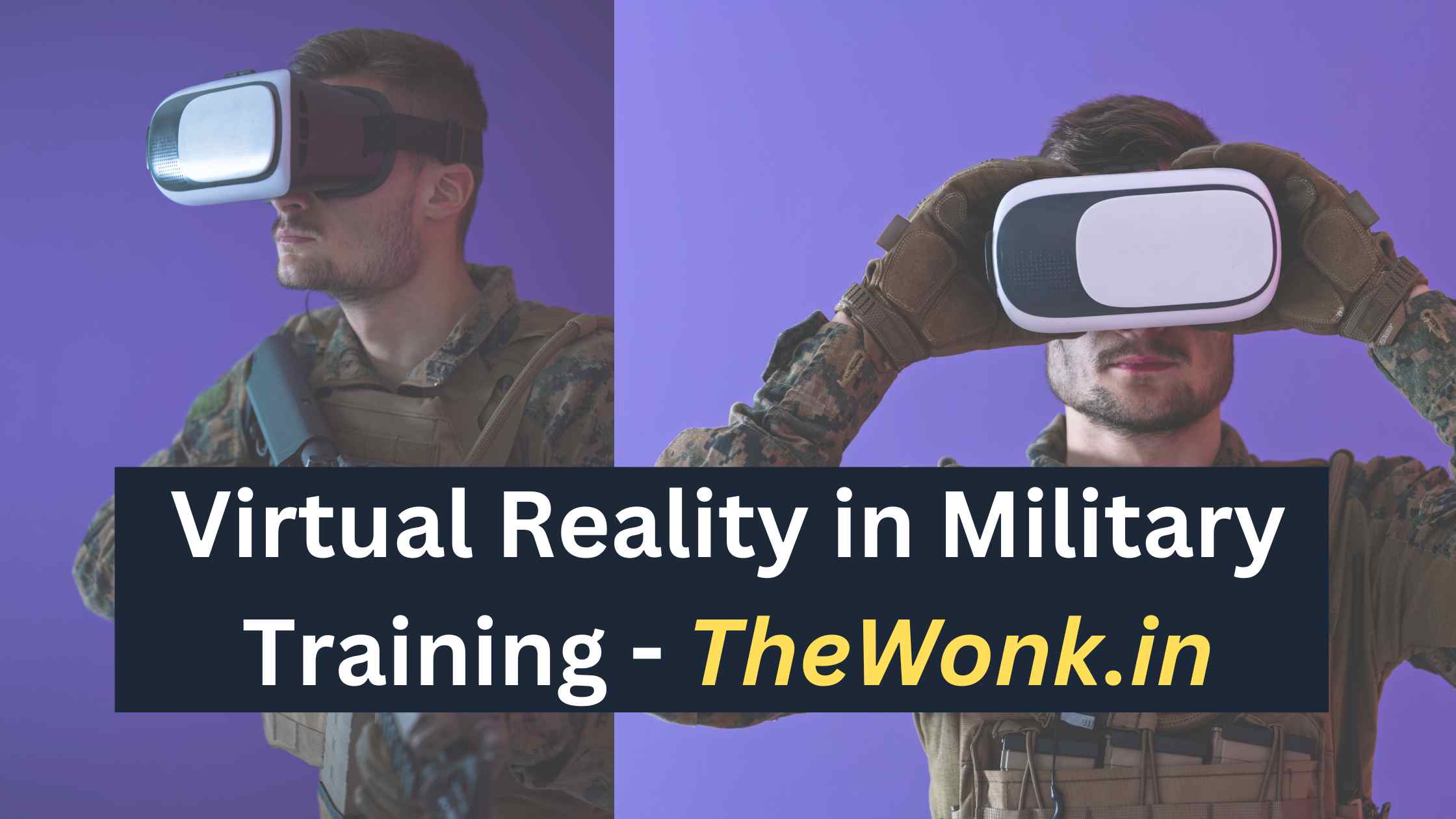A brand-new field of transdisciplinary research known as virtual reality (VR) is quickly taking shape. Its application has expanded beyond academic study in recent years, and the industry is now making large expenditures in this area for research and producing numerous VR-based goods. Many different industrial sectors, including information technology, biomedical engineering, structural design, and training aids technology, are investing in this technology. The military industry, constantly searching for innovative ideas, is slowly but surely becoming one of the most prominent investors in VR. Read more to know the use of VR in military training.
The Concept of Virtual Reality
Virtual reality (VR) has its roots in science fiction books and essays, just like many other scientific discoveries. With the development of a device called Sensorama, which essentially was a game providing the player a sense of riding a motorcycle on the streets, the first VR experience occurred in 1962. Morton Heilig, a professional cameraman, devised this. He wanted to create a virtual experience that would include all five senses. Since then, VR has primarily established itself in the entertainment industry, especially for creating video games and films. The virtual reality field is expanding significantly outside the entertainment sector and encompasses a wide range of concepts in the general technology realm. It may take more work to explain VR in precise words because of how involved this technology is.
Also Read: The Rise of the Metaverse
Effectiveness of Virtual Reality in Military
It is common knowledge that technology is crucial to any nation’s military effectiveness. The adoption of new and emerging technology promises to create a military force that is qualitatively superior and capable of combating both conventional and asymmetrical threats. The main uses of VR in defense and security are to enhance officer and soldier training and to simulate military missions and operations
Use of VR in Military Training
1. Despite reductions in the national defense budget, it is a workable, affordable alternative. Indeed, unlike live training, virtual training doesn’t call for using actual weapons and supplies. The introduction of technological and doctrinal changes in the armed forces is addressed by military concepts like the revolution in military affairs (RMA), which are dynamic. Numerous new RMA technologies have been introduced in the armies due to a recent transformation in the information and communication technology (ITC) industry. Incorporating the byproducts of various technological advances like nanotechnology, biotechnology, robotics, cognitive sciences, and a few others into military strategy is a practice of modern militaries. Military technologies use various computer simulations of systems to perform operations on the simulated system and demonstrate the impacts in real-time.
2. Military personnel can engage in various simulations with VR without incurring related costs, drastically cutting training budgets. Virtual reality (VR) may immerse a learner in multiple settings, circumstances, or scenarios. It can impart knowledge, develop skills, and offer a priceless experience that will be helpful in the real world. Without incurring the related real world flight fees, trainees might use virtual reality to simulate a parachute drop and become more conscious of the sensation and disorientation of jumping from an airplane. They can be put in fighter jets, submarines, tanks, or armored vehicles to feel confined spaces. To learn how to recognise enemy soldiers or search for IEDs, they can be thrown into the middle of a real battle zone or taken on a patrol through a risky area.
3. It is helpful to gain context and locational awareness of scenarios that are challenging to duplicate without incurring a considerable cost when engaging in novel places and activities for the first time, such as a jungle boat invasion or an ice expedition. Additionally, VR can be used more passively to treat PTSD or provide recruits with a virtual “boot camp” experience to help them settle into military life more swiftly and with less fear.
4. Military educators can tailor the information presented to learners by using VR headsets to create a variety of training scenarios. Using straightforward web browser controls, trainers may build unique content from real-world footage and offer it to individuals or groups using the VR portal, which allows the upload and transmission of any 360-degree image or video. The technology enables headsets to be standalone devices that don’t need to be physically connected to PCs, allowing the wearer to walk around without restriction negating the need for a network or wireless connection.
5. VR can be used in the recovery process for post-traumatic stress disorder. It is feasible to create the traumatizing incident while maintaining the subject’s utmost safety, allowing him to relive the event in virtual reality and conquer his phobias (ibid). Virtual reality simulation is a crucial component of military training applied across many military domains. For instance, it may replicate any vehicle, simulating modern ground vehicles to give soldiers a sense of how they move and look. Additionally, it allows soldiers to practice playing any position they would have on that vehicle, such as a driver or gunner.
Conclusion
Although VR won’t replace live training, use of VR in military training will play a more significant part in the military training industry. It can aid warriors in developing experience and situational awareness while decreasing training costs and raising training safety.

